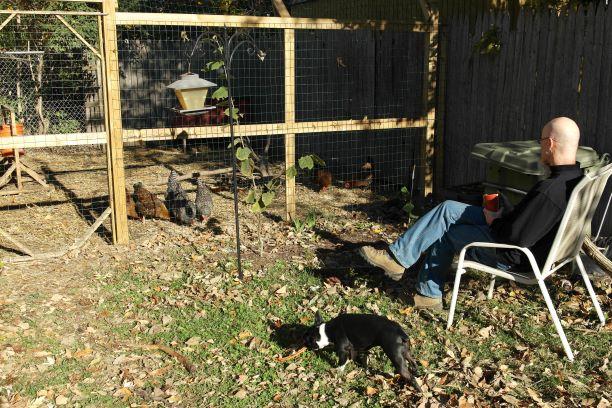Extension: Small & Backyard Poultry Flocks
Small & Backyard Poultry Flocks
There are many reasons an individual or family may want to raise poultry:
- For-profit through the sale of meat, eggs and/or chicks
- For family consumption of meat and/or eggs
- As a control for pests
- As a hobby and/or for poultry exhibitions
- As a 4-H or FFA project
A small poultry flock is relatively inexpensive, requires less space than most animal enterprises, and doesn't require much time. In addition, raising a small poultry flock is a good way to introduce youth to animal agriculture (for food or fiber) and to help build a sense of responsibility (since animals need to be taken care of 365 days a year).
There are some important things to remember though. Every year CDC reports multi-state outbreaks of human salmonellosis linked to contact with backyard poultry. It is important to wash your hands after handling poultry or anything that they have come into contact with. Keep an eye on any young children handling poultry to make sure they don't kiss the birds or bring them near their faces. Make sure they don't put their fingers in their mouths.
Getting Started
Rules & Regulations
Before trying to decide what type of poultry you want to keep it is important to verify that you are allowed to do so. This is particularly important for anyone living in urban areas. Some cities have ordinances that allow people to keep chickens, while others do not. If you want to produce poultry products for sale, there are additional rules, Federal, State and Local, that affect who you can sell to.
Breed Selection
The 'best' breed for your flock depends on the reasons you have for keeping the flock - for meat and/or eggs, for poultry shows, for fun, or for 'enhancement of the beauty' of your farm. Most poultry species come in a variety of forms with differing production parameters.
A breed is defined as a group of related birds having the same general size, shape, and body form. All the birds within a given breed have the same skin color, number of toes, and plumage style. Most breeds have a number of varieties based on specific characteristics such as plumage color and pattern, feather placement or comb style.
Similarly, varieties can be furthered divided into strains. A strain is a related family of birds. For example, a flock developed and maintained by a specific breeder would be considered a strain.
Getting Your Birds
Once you have decided what you want to get, how do you go about getting the birds. There are many different hatcheries and they sell a variety of different breeds for a wide selection of poultry species. It is best to purchase your birds from an NPIP-certified flock. That is, a hatchery that has their breeder flocks tested under the National Poultry Improvement Plan. This is not a guarantee that you will get disease-free birds, but it does improve your odds.
If you want to get adult birds, your possibilities are more limited. You could try your local feed store for contacts.

